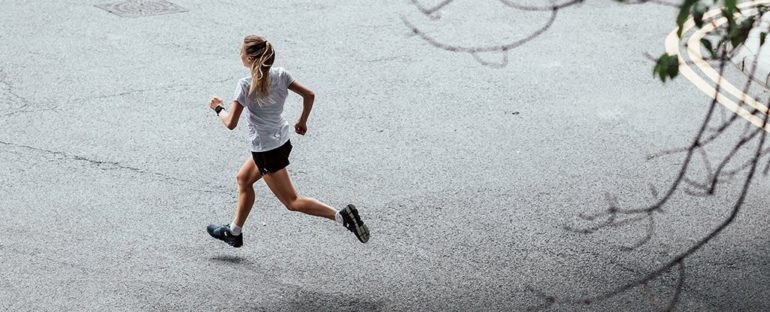We know that spending hour after hour sitting down isn’t good for us, but just how much exercise is needed to counteract the negative health impact of a day at a desk? A 2020 study suggests about 30-40 minutes per day of building up a sweat should do it.
Up to 40 minutes of “moderate to vigorous intensity physical activity” every day is about the right amount to balance out 10 hours of sitting still, the research says – although any amount of exercise or even just standing up helps to some extent.
That’s based on a meta-analysis across nine previous studies, involving a total of 44,370 people in four different countries who were wearing some form of fitness tracker.
The analysis found the risk of death among those with a more sedentary lifestyle went up as time spent engaging in moderate-to-vigorous intensity physical activity went down.
“In active individuals doing about 30-40 minutes of moderate to vigorous intensity physical activity, the association between high sedentary time and risk of death is not significantly different from those with low amounts of sedentary time,” the researchers wrote in the British Journal of Sports Medicine (BJSM) in 2020.
In other words, putting in some reasonably intensive activities – cycling, brisk walking, gardening – can lower your risk of an earlier death right back down to what it would be if you weren’t doing all that sitting around, to the extent that this link can be seen in the amassed data of many thousands of people.
While meta-analyses like this one always require some elaborate dot-joining across separate studies with different volunteers, timescales, and conditions, the benefit of this particular piece of research is that it relied on relatively objective data from wearables – not data self-reported by the participants.
The study was published alongside the release of the World Health Organization 2020 Global Guidelines on Physical Activity and Sedentary Behavior, put together by 40 scientists across six continents. In fact, in November 2020 BJSM put out a special edition to carry both the new study and the new guidelines.
“These guidelines are very timely, given that we are in the middle of a global pandemic, which has confined people indoors for long periods and encouraged an increase in sedentary behavior,” said physical activity and population health researcher Emmanuel Stamatakis from the University of Sydney in Australia.
“People can still protect their health and offset the harmful effects of physical inactivity,” says Stamatakis, who wasn’t involved in the meta-analysis but is the co-editor of the BJSM. “As these guidelines emphasize, all physical activity counts and any amount of it is better than none.”
The research based on fitness trackers is broadly in line with the new WHO guidelines, which recommend 150-300 mins of moderate intensity or 75-150 mins of vigorous-intensity physical activity every week to counter sedentary behavior.
Walking up the stairs instead of taking the lift, playing with children and pets, taking part in yoga or dancing, doing household chores, walking, and cycling are all put forward as ways in which people can be more active – and if you can’t manage the 30-40 minutes right away, the researchers say, start off small.
Making recommendations across all ages and body types is tricky, though the 40 minute time frame for activity fits in with previous research. As more data are published, we should learn more about how to stay healthy even if we have to spend extended periods of time at a desk.
“Although the new guidelines reflect the best available science, there are still some gaps in our knowledge,” said Stamatakis.
“We are still not clear, for example, where exactly the bar for ‘too much sitting’ is. But this is a fast-paced field of research, and we will hopefully have answers in a few years’ time.”
The research was published here, and the WHO guidelines here, in the British Journal of Sports Medicine.
A version of this article was originally published in November 2020.



